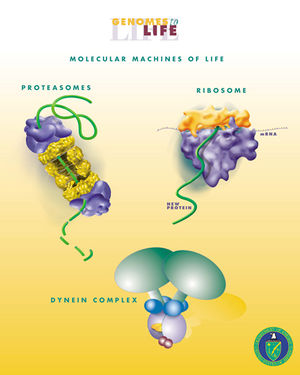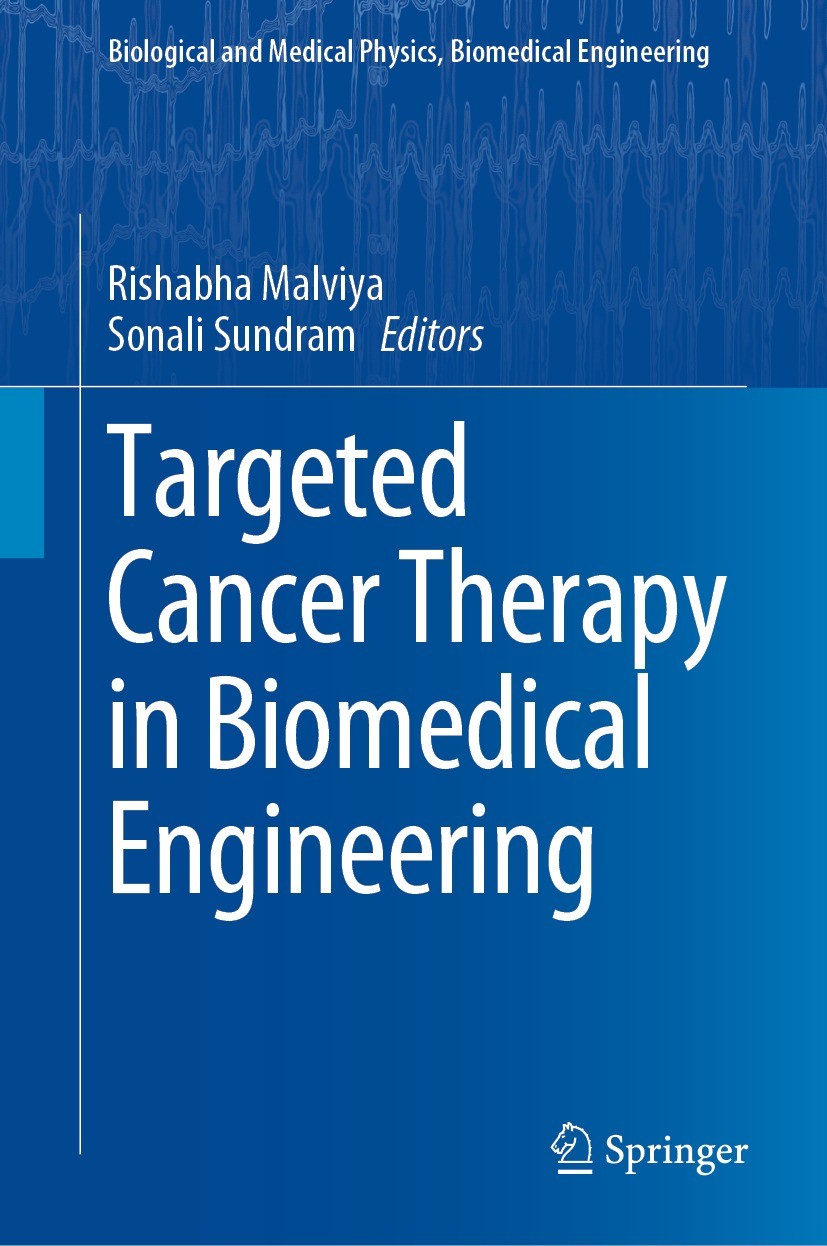Bioengineering, Free Full-Text
Por um escritor misterioso
Last updated 22 dezembro 2024

Understanding how different areas of the human brain communicate with each other is a crucial issue in neuroscience. The concepts of structural, functional and effective connectivity have been widely exploited to describe the human connectome, consisting of brain networks, their structural connections and functional interactions. Despite high-spatial-resolution imaging techniques such as functional magnetic resonance imaging (fMRI) being widely used to map this complex network of multiple interactions, electroencephalographic (EEG) recordings claim high temporal resolution and are thus perfectly suitable to describe either spatially distributed and temporally dynamic patterns of neural activation and connectivity. In this work, we provide a technical account and a categorization of the most-used data-driven approaches to assess brain-functional connectivity, intended as the study of the statistical dependencies between the recorded EEG signals. Different pairwise and multivariate, as well as directed and non-directed connectivity metrics are discussed with a pros–cons approach, in the time, frequency, and information-theoretic domains. The establishment of conceptual and mathematical relationships between metrics from these three frameworks, and the discussion of novel methodological approaches, will allow the reader to go deep into the problem of inferring functional connectivity in complex networks. Furthermore, emerging trends for the description of extended forms of connectivity (e.g., high-order interactions) are also discussed, along with graph-theory tools exploring the topological properties of the network of connections provided by the proposed metrics. Applications to EEG data are reviewed. In addition, the importance of source localization, and the impacts of signal acquisition and pre-processing techniques (e.g., filtering, source localization, and artifact rejection) on the connectivity estimates are recognized and discussed. By going through this review, the reader could delve deeply into the entire process of EEG pre-processing and analysis for the study of brain functional connectivity and learning, thereby exploiting novel methodologies and approaches to the problem of inferring connectivity within complex networks.

Biomedical Engineering in Scandinavia

Bioengineering, Free Full-Text

Biological engineering - Wikipedia

Targeted Cancer Therapy in Biomedical Engineering

Bioengineering vector Research concept horizontal blue outline banner - Bio Engineering creative illustration 29695600 Vector Art at Vecteezy

Applications of deep learning in biomedical engineering - ScienceDirect

Biomedical Engineering Images – Browse 26,082 Stock Photos, Vectors, and Video

Bioengineering & Translational Medicine

Continuous Cell-Free Replication and Evolution of Artificial Genomic DNA in a Compartmentalized Gene Expression System
Recomendado para você
-
 O QUE É O SERVIÇO ESPECIALIZADO EM ENGENHARIA DE SEGURANÇA E22 dezembro 2024
O QUE É O SERVIÇO ESPECIALIZADO EM ENGENHARIA DE SEGURANÇA E22 dezembro 2024 -
 The Mighty Thor #1 CGC 9.8 Hip Hop MF Doom Variant Jane Foster Love And Thunder22 dezembro 2024
The Mighty Thor #1 CGC 9.8 Hip Hop MF Doom Variant Jane Foster Love And Thunder22 dezembro 2024 -
 CGC Grading Scale22 dezembro 2024
CGC Grading Scale22 dezembro 2024 -
 THUNDERCATS #1 CVR I THUNDERCATS SYMBOL FOIL GOLD CGC 9.8 (2/7/2024)22 dezembro 2024
THUNDERCATS #1 CVR I THUNDERCATS SYMBOL FOIL GOLD CGC 9.8 (2/7/2024)22 dezembro 2024 -
 cantada / pelas noites do brasil: CDs & Vinyl22 dezembro 2024
cantada / pelas noites do brasil: CDs & Vinyl22 dezembro 2024 -
 Orquídea Negra - Who's Dead LP review (The Corroseum)22 dezembro 2024
Orquídea Negra - Who's Dead LP review (The Corroseum)22 dezembro 2024 -
 👑 Hail Crow: King of Hell #1 MF DOOM Homage. Javan Jordan. CGC22 dezembro 2024
👑 Hail Crow: King of Hell #1 MF DOOM Homage. Javan Jordan. CGC22 dezembro 2024 -
 fyop on X: Thanks to the @BoDoggosNFT and the @NFTMorningShow_22 dezembro 2024
fyop on X: Thanks to the @BoDoggosNFT and the @NFTMorningShow_22 dezembro 2024 -
 Ceiling Grid Trim Clip (CGC) - Flannery Trim22 dezembro 2024
Ceiling Grid Trim Clip (CGC) - Flannery Trim22 dezembro 2024 -
 Small Green Painted Wooden Stool22 dezembro 2024
Small Green Painted Wooden Stool22 dezembro 2024
você pode gostar
-
![Furry Yes Chad Meme by MI0 -- Fur Affinity [dot] net](https://d.furaffinity.net/art/mi0/1621471080/1621471080.mi0_yeschadmeme-furry.png) Furry Yes Chad Meme by MI0 -- Fur Affinity [dot] net22 dezembro 2024
Furry Yes Chad Meme by MI0 -- Fur Affinity [dot] net22 dezembro 2024 -
 How to implement Hill Climb Racing 2D game in PlayCanvas? - Help & Support - PlayCanvas Discussion22 dezembro 2024
How to implement Hill Climb Racing 2D game in PlayCanvas? - Help & Support - PlayCanvas Discussion22 dezembro 2024 -
 Hisui 「 Hanyou no Yashahime metal badge 01. 」, Goods / Accessories22 dezembro 2024
Hisui 「 Hanyou no Yashahime metal badge 01. 」, Goods / Accessories22 dezembro 2024 -
 detroit: become human – Travian Designs22 dezembro 2024
detroit: become human – Travian Designs22 dezembro 2024 -
 Pôster Capa Super Mario 64 Nintendo 64 29,7x42cm22 dezembro 2024
Pôster Capa Super Mario 64 Nintendo 64 29,7x42cm22 dezembro 2024 -
 Unfinished piece. Was drawing screech from roblox doors but w a body and holding a head cuz cool lol. Probably not gonna get around to finishing it lol : r/DigitalArt22 dezembro 2024
Unfinished piece. Was drawing screech from roblox doors but w a body and holding a head cuz cool lol. Probably not gonna get around to finishing it lol : r/DigitalArt22 dezembro 2024 -
 Game Rejected On Crazy Games. : r/Unity2D22 dezembro 2024
Game Rejected On Crazy Games. : r/Unity2D22 dezembro 2024 -
 Noface(Generator Rex) vs Superboy(YJ) - Battles - Comic Vine22 dezembro 2024
Noface(Generator Rex) vs Superboy(YJ) - Battles - Comic Vine22 dezembro 2024 -
 Earth Epic Wubbox Socks for Sale22 dezembro 2024
Earth Epic Wubbox Socks for Sale22 dezembro 2024 -
 Dead Island 2 - DLC Release! GOLD Edition GIVEAWAY!22 dezembro 2024
Dead Island 2 - DLC Release! GOLD Edition GIVEAWAY!22 dezembro 2024